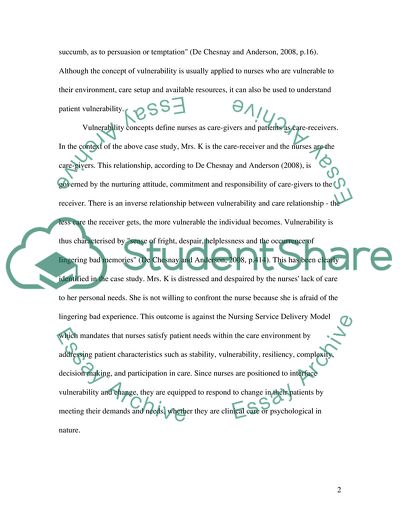Cite this document
(Nursing: Caring for the Vulnerable Case Study Example | Topics and Well Written Essays - 2000 words, n.d.)
Nursing: Caring for the Vulnerable Case Study Example | Topics and Well Written Essays - 2000 words. https://studentshare.org/nursing/1729217-vulnerable
Nursing: Caring for the Vulnerable Case Study Example | Topics and Well Written Essays - 2000 words. https://studentshare.org/nursing/1729217-vulnerable
(Nursing: Caring for the Vulnerable Case Study Example | Topics and Well Written Essays - 2000 Words)
Nursing: Caring for the Vulnerable Case Study Example | Topics and Well Written Essays - 2000 Words. https://studentshare.org/nursing/1729217-vulnerable.
Nursing: Caring for the Vulnerable Case Study Example | Topics and Well Written Essays - 2000 Words. https://studentshare.org/nursing/1729217-vulnerable.
“Nursing: Caring for the Vulnerable Case Study Example | Topics and Well Written Essays - 2000 Words”. https://studentshare.org/nursing/1729217-vulnerable.


